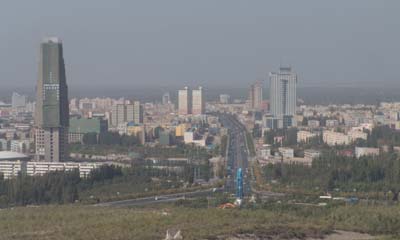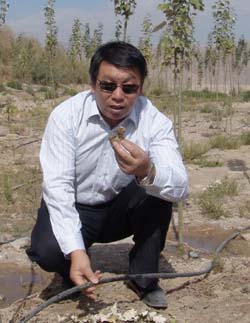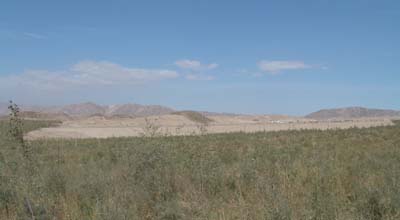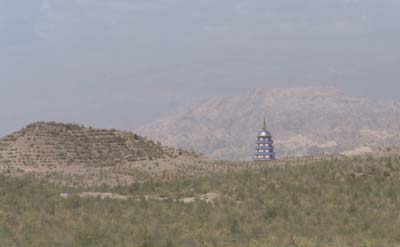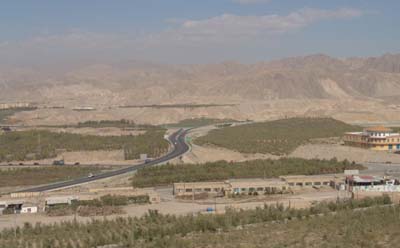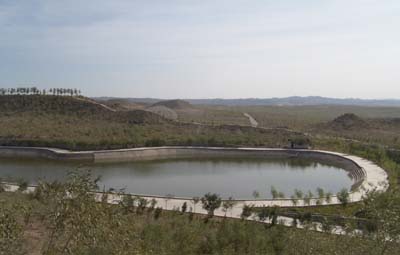| Tools: Save | Print | E-mail | Most Read |
| 'Green Pearl' in the Taklimakan Desert |
| Adjust font size: |
Korla, the capital city of Xinjiang's Bayingolin Mongolian Autonomous Prefecture, is now being hailed "New Green Island in the Desert", with 6,041 mu (15 mu = 1 hectare) of artificial forest.
Encompassing the eastern half of the Taklimakan Desert and bordering Tibet, Qinghai and Gansu, the entire area has a population of 800,000, the majority being the Han Chinese and the remaining being 260,000 Uygurs, 40,000 Mongols and 1,000 Tibetans.
According to him, the weather conditions in Korla are harsh with less than 50mm annual rainfall, leaving the city continuously exposed to drought. The average annual temperature there is 11.4 degrees centigrade, there are 32 days of sandstorm a year. The desertified area in the city stands at 1,267 square kilometers, occupying 17.8 percent of Korla's land. Shen said that in 1999, the city began to introduce the advanced underground irrigation technology from Israel, which has helped to save 73 percent more water than the traditional method. "This new technology changed the forestation of Korla with 90 percent of the artificial forest now blossoming," he added. By 2006, the municipal government had invested over 93.18 million yuan (US$11.65 million) in afforestation with the tree and grass coverage having increased by more than 52,000 mu. Thanks to a local program of a tree-planting on March 12, the National Tree-Planting Day, over 1 million people have taken part in the activities over the past five years. Beneficial policies and regulations were also adopted to stimulate local afforestation. "For example, whoever invests in afforestation needs not to pay the taxes for land use, except 800 yuan (US$100) per mu for the cost of necessary facilities. In addition, 20 percent of this land can be used for construction" he said. Thanks to this policy, over 6,041 mu of deserts have been replaced by trees.
(China.org.cn by Staff Reporter Wang Ke, September 26, 2006) |
| Tools: Save | Print | E-mail | Most Read |
 |
| Related Stories |
| Product Directory China Search |
Country Search Hot Buys |
